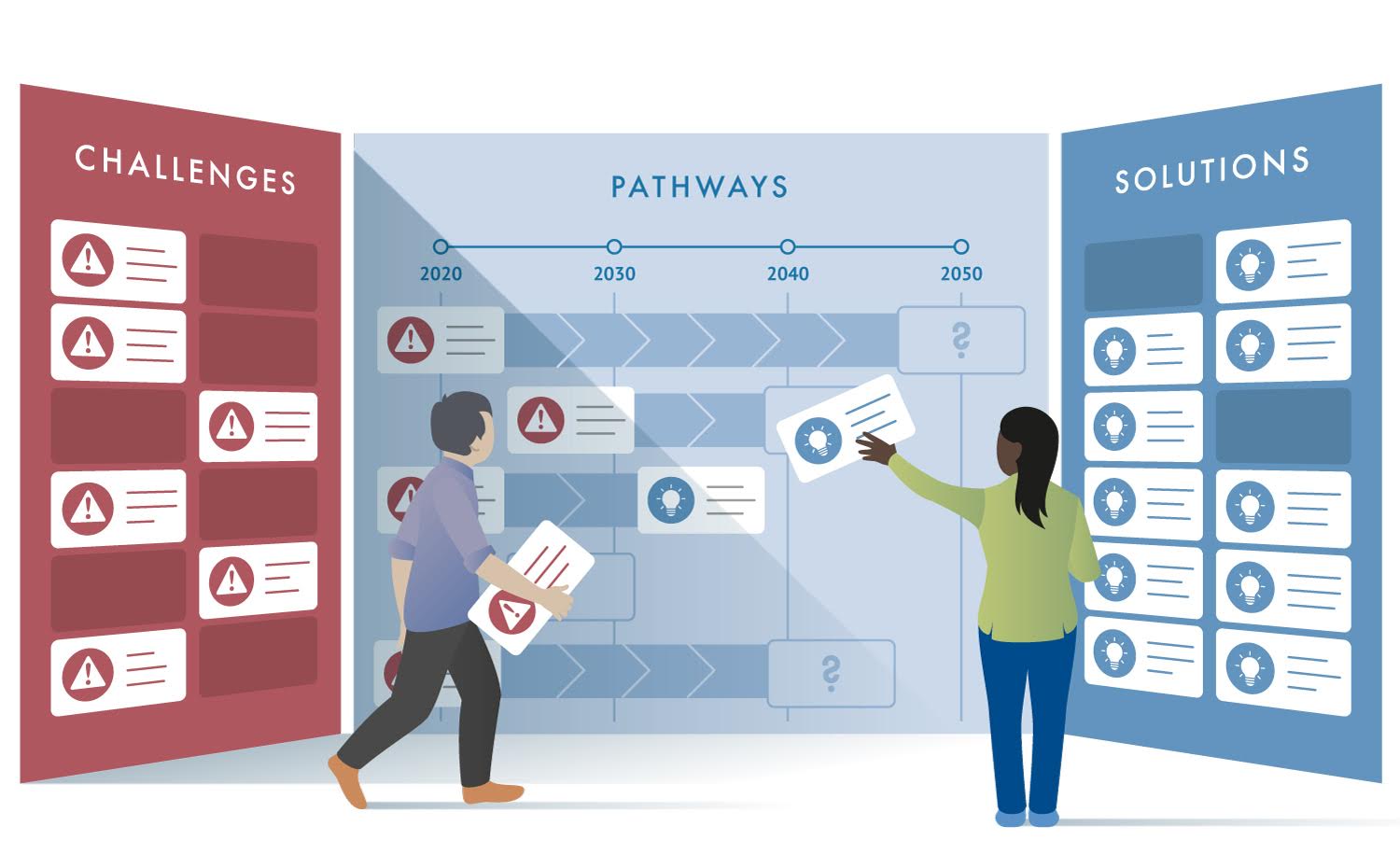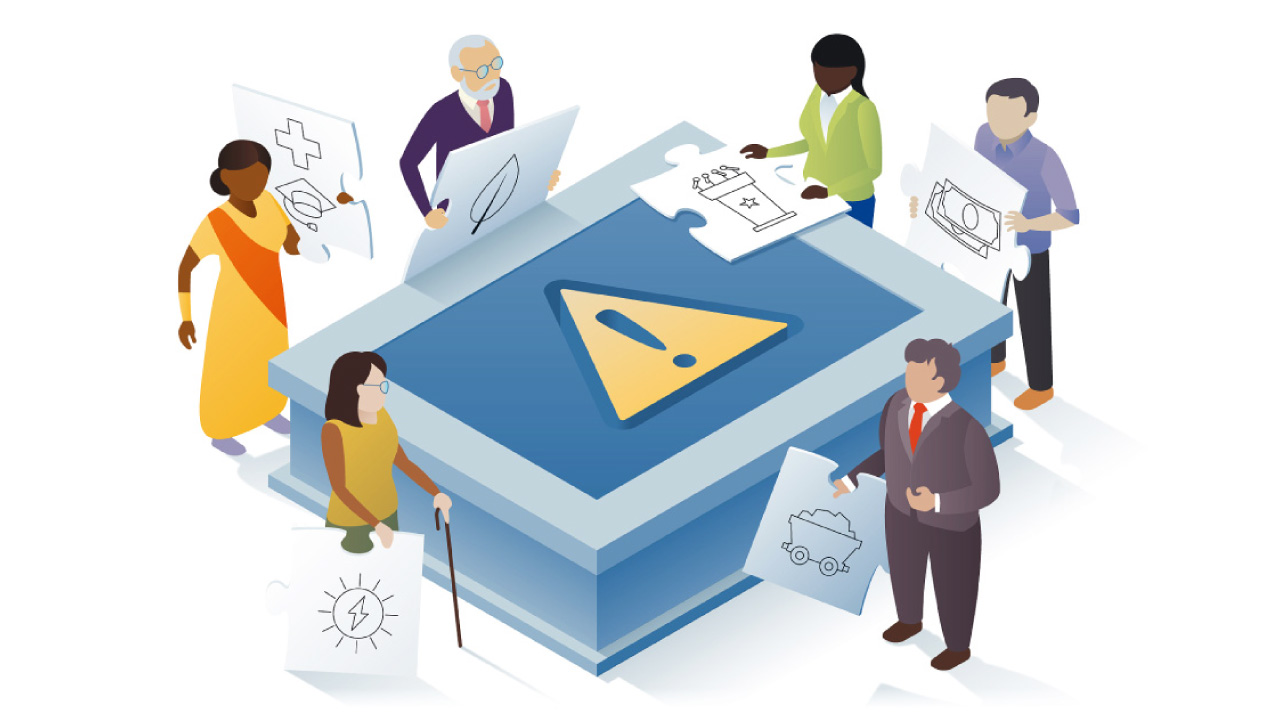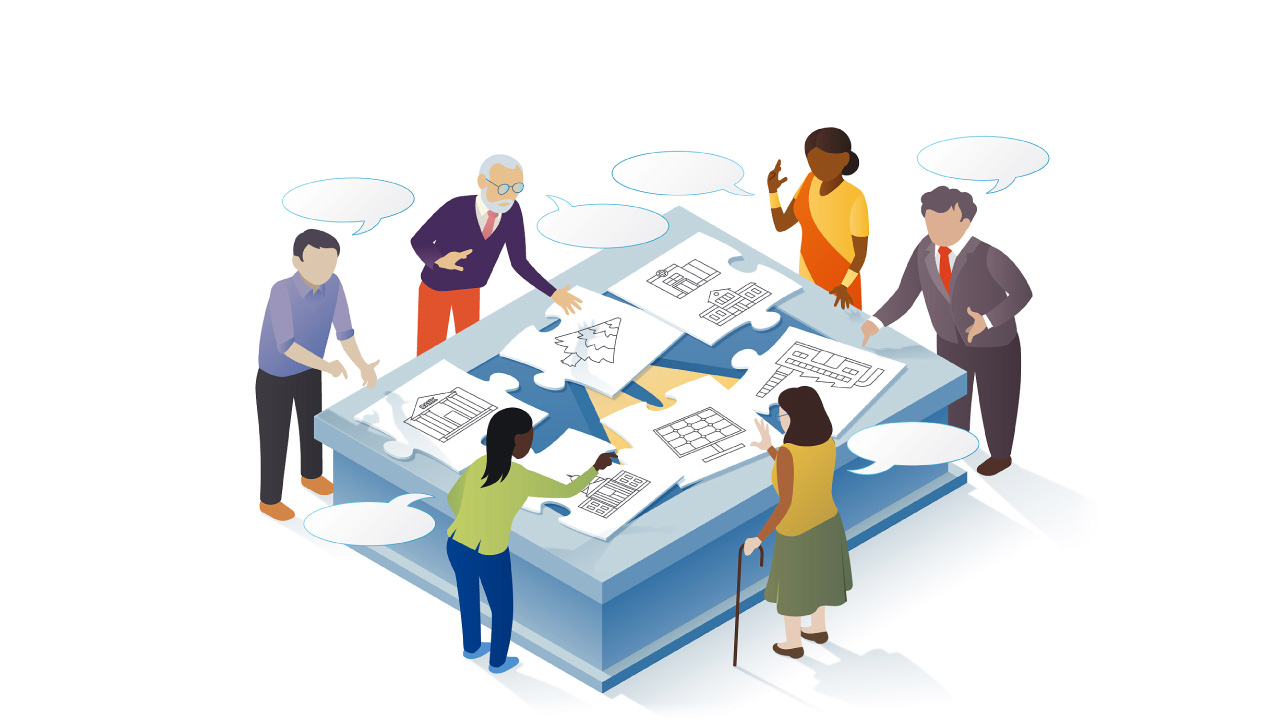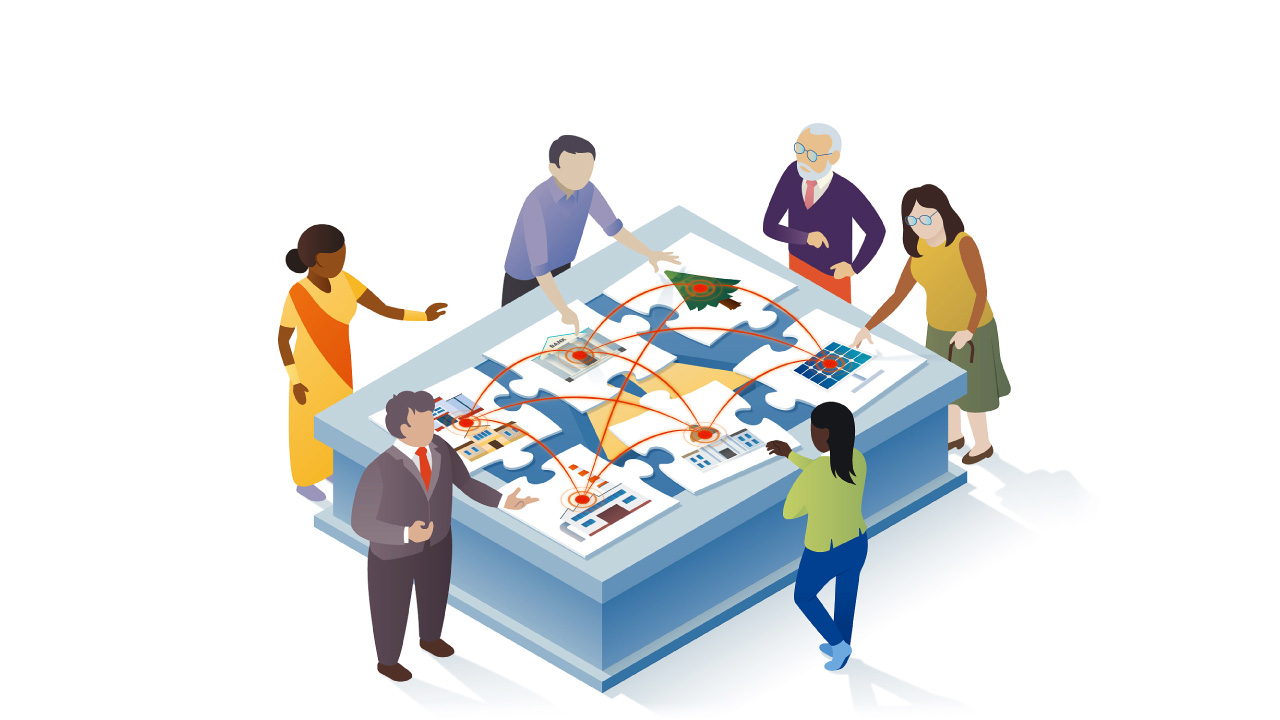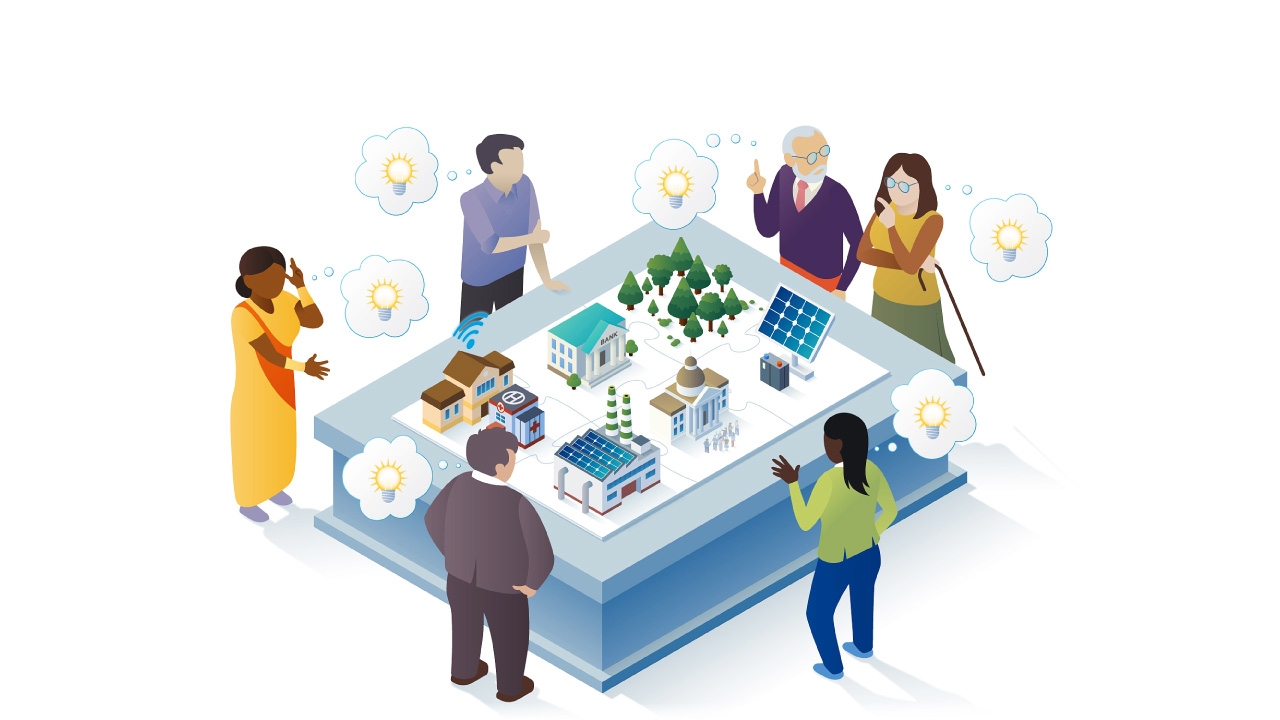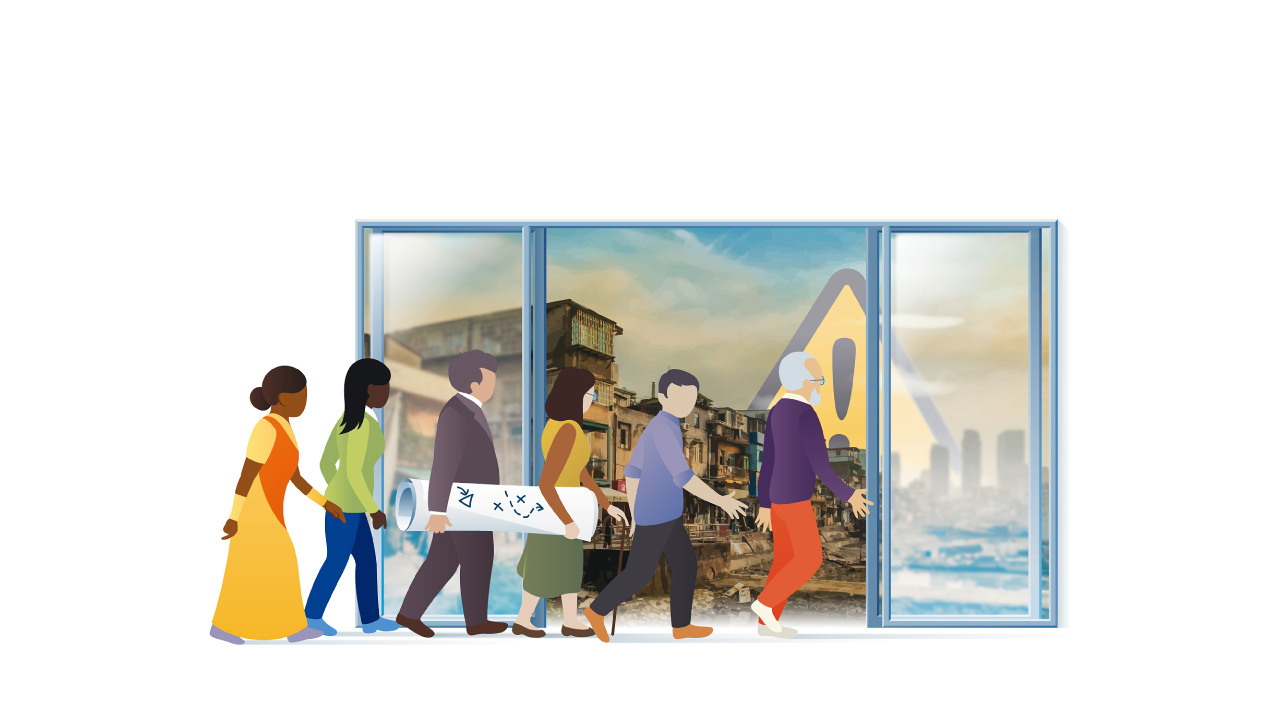Policy simulations
are interactive, participatory activities with the application of social simulation
What are policy simulations?
Policy simulations are interactive, participatory activities with the application of social simulation.
They are used to explore real policy issues. Unlike social simulations that apply role-playing and stylized settings, policy simulations require that participants assume their real-life roles, work with real-world data, and operate within their own cultural contexts. We are talking about policy simulations when all listed 4 conditions are completed:
How policy simulations work?
While taking part in a policy simulation, participants set goals that they want to achieve (“desired futures”), and then collectively explore possible strategies to reach them. These strategies, also known as pathways, are tested against a range of external scenarios that challenge the goals. This process allows the participants to understand key challenges on the way to their desired futures, as well as to develop solution options (policy interventions) that are required to overcome them.
The process of a policy simulation
Although it is presented in sequential order, the process is not entirely linear – the elements are fluid and may overlap with each other during a simulation.
In a policy simulation process, we identify three domains (illustrated below). An arena of control is where problem owners can effectively make decisions and develop pathways to their desired futures. Problem owners can range from a small organization to a large country or region, a river basin, or a group of countries (e.g. EU). Problem owners function in a larger context of the arena of influence, where they encounter other important stakeholders. The pathways they develop can both impact and be impacted by stakeholders and their worldviews, decisions, and actions. Finally, these two arenas together function within an even larger uncertainty space, which encompasses a range of external scenarios. To ensure that their pathways are robust to the scenarios, participants look to this space and identify the most important drivers and constraints that translate to various opportunities and threats for the internal arenas.

Case studies portfolio
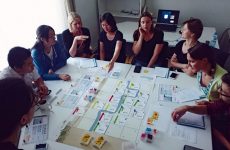
Flood disaster risk management in Indonesia and Peru
The Flood Resilience Game is set in an area exposed to seasonal floods. The direct interactions between players create a rich experience that can be discussed, analyzed, and lead to concrete conclusions and actions.
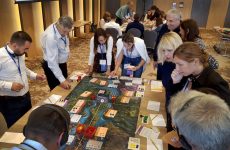
A shared vision for the Management of the Drin River Basin
The Nexus Game is a laboratory for practicing strategy, collaboration and leadership in a complex environment such as an international river basin.

Public Infrastructure Participatory Engagement Simulation
P.I.P.E.S was designed to recreate the essential features of real-life situations, highlighting decision-making challenges and their consequences.
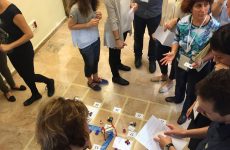
Recreating the communication and cultural barriers present in Lorca area
The goal of the activity was to show the complexity connected with sharing of resources between organizations involved in flood protection, disseminating information and engaging various groups of citizens in appropriate preparedness actions.
Benefits
This process allows experts and practitioners coming from different backgrounds and holding different worldviews to:
